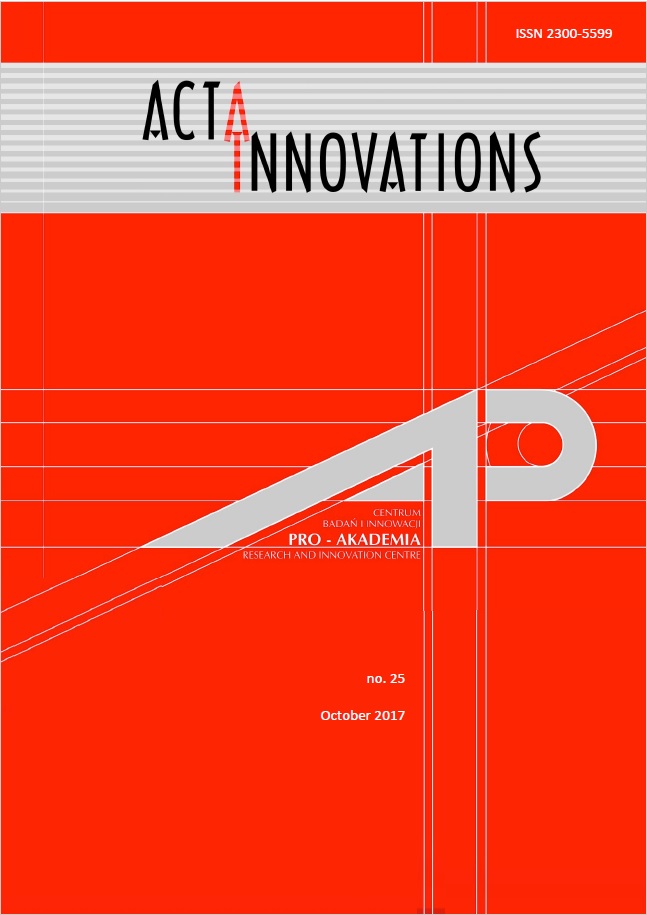Author(s): Ljubica Petrović,Dejan Filipović / Language(s): English
Issue: 2/2015
With the modern processes for exploiting land people have altered the original appearance of areas and created cultural environments. The remaining natural environments, whether protected or not, take up a relatively small portion of space and represent isolated islands which in itself can not be sufficient for the preservation of biodiversity or for the fulfillment of national, regional or international goals and commitments related to their preservation. In order to secure the preservation of biodiversity, the strengthening of integrity and the natural processes, such as animal migrations, succession of vegetation and evolution processes, the communication between natural habitats is imperative. Ecological corridors, as integral elements of ecological networks, ensure the preservation of vital ecological interactions by providing a connection between different habitats or areas. Depending on a range of factors, from the fulfillment of demands of different species to the connecting of regions, corridors of local, sub-regional, regional and international importance are identified. The Danube ecological corridor is one of the most significant corridors of international importance which encompasses a large number of habitats which are part of the natural watercourse of the corridor. There are numerous protected areas in the Danube coastal area on Serbia's territory which present themselves as central areas for forming the ecological network, such as: Gornje Podunavlje, Karađorđevo, Fruška Gora,Titelski Breg hill, Kovalski rit marsh, Dunavski loess bluffs, the Sava mouth, Labudovo okno, Deliblato sands, Đerdap and Mala Vrbica. The diverse and mosaic vegetation of the floodplain, as well as the consistency of the protected areas within the Danube corridor have a direct influence on the quality and functionality of this corridor. The goal of this paper is to show the significance of the Danube ecological corridor in the process of implementing ecological networks, the potential of the area in question for forming corridors, but also to present the limitations which may decrease the functionality of the corridors as well as the guidelines for a sustainable management of the corridor on Serbia's territory.
More...














